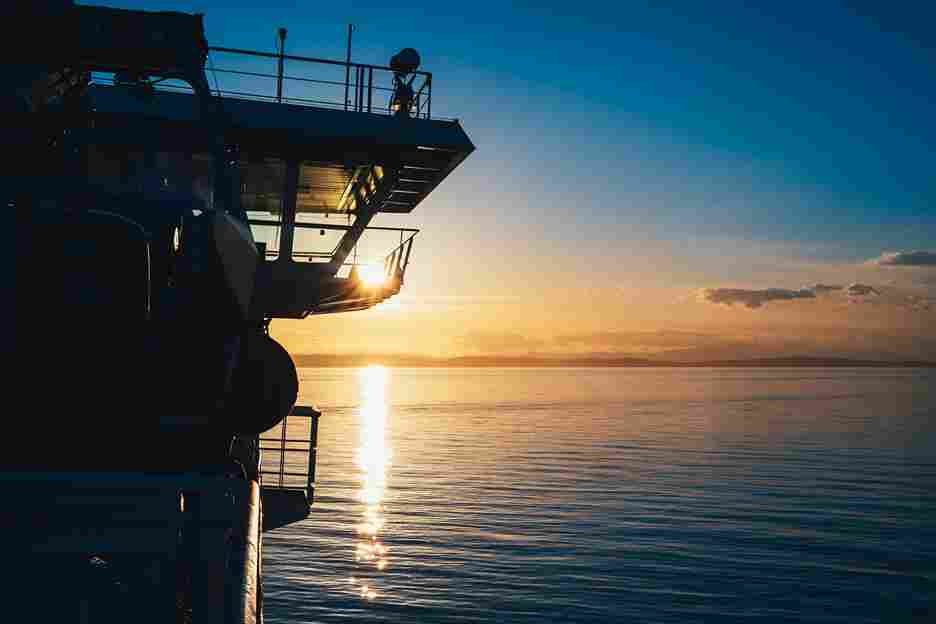
The Future of Nuclear-Powered Vessels in Commercial Shipping
In the pursuit of sustainable and efficient maritime transport, nuclear-powered vessels are emerging as a potential game-changer. This article explores the possibilities, challenges, and implications of nuclear propulsion in commercial shipping, considering advancements in technology, regulatory frameworks, and public perception.
The Potential of Nuclear Power in Shipping
Nuclear propulsion offers several compelling advantages for commercial vessels:
- Energy Efficiency: Nuclear reactors can generate significant power while consuming minimal fuel, potentially reducing operational costs and carbon emissions.
- Extended Range and Endurance: Nuclear-powered ships boast extended operational range and endurance compared to conventional vessels, enabling non-stop long-distance voyages.
- Environmental Benefits: Nuclear propulsion produces no direct greenhouse gas emissions during operation, addressing concerns related to air pollution and climate change.
Technological Advances and Safety Measures
Advancements in nuclear technology and safety protocols have bolstered confidence in nuclear-powered vessels:
- Advanced Reactor Designs: Compact, modular reactor designs with enhanced safety features, such as passive cooling systems and inherent stability.
- Stringent Safety Standards: Regulatory bodies enforce rigorous safety standards and protocols to ensure the safe operation and maintenance of nuclear-powered ships.
Regulatory and Operational Challenges
Despite potential benefits, nuclear-powered vessels encounter significant regulatory and operational challenges:
- Licensing and Permits: Strict regulatory approvals are necessary for nuclear reactors and fuel handling facilities, ensuring compliance with international safety and environmental standards.
- Infrastructure Requirements: Specialized infrastructure is essential for refueling, maintenance, and emergency response capabilities in ports and coastal areas.
- Public Perception: Addressing public concerns about nuclear safety, environmental impact, and radioactive waste disposal is crucial for acceptance and support.
Case Studies and Industry Initiatives
Several countries and organizations are exploring nuclear propulsion for commercial shipping:
- Russia: Operates nuclear-powered icebreakers, demonstrating reliability and efficiency in Arctic operations.
- United States: Investigates nuclear-powered concepts for military vessels and potential civilian applications.
Future Outlook and Potential Applications
Looking ahead, nuclear-powered vessels could revolutionize various segments of commercial shipping:
- Cargo Transport: Facilitating faster, more efficient transport of goods over long distances, reducing transit times and enhancing supply chain logistics.
- Passenger Cruises: Offering luxury cruises with extended itineraries and reduced environmental impact, appealing to environmentally conscious travelers.
- Military and Research Ships: Supporting naval operations, scientific expeditions, and offshore energy projects with enhanced operational capabilities.
Conclusion
The future of nuclear-powered vessels in commercial shipping holds promise but requires careful consideration of technological advancements, regulatory frameworks, and public perception. As the maritime industry strives towards sustainability and efficiency, nuclear propulsion presents a viable alternative to conventional fuels, potentially reshaping global logistics and transportation networks. Collaborative efforts among stakeholders—governments, industry leaders, and environmental advocates—are essential to navigating the complexities and unlocking the full potential of nuclear power in shaping the future of commercial shipping.





